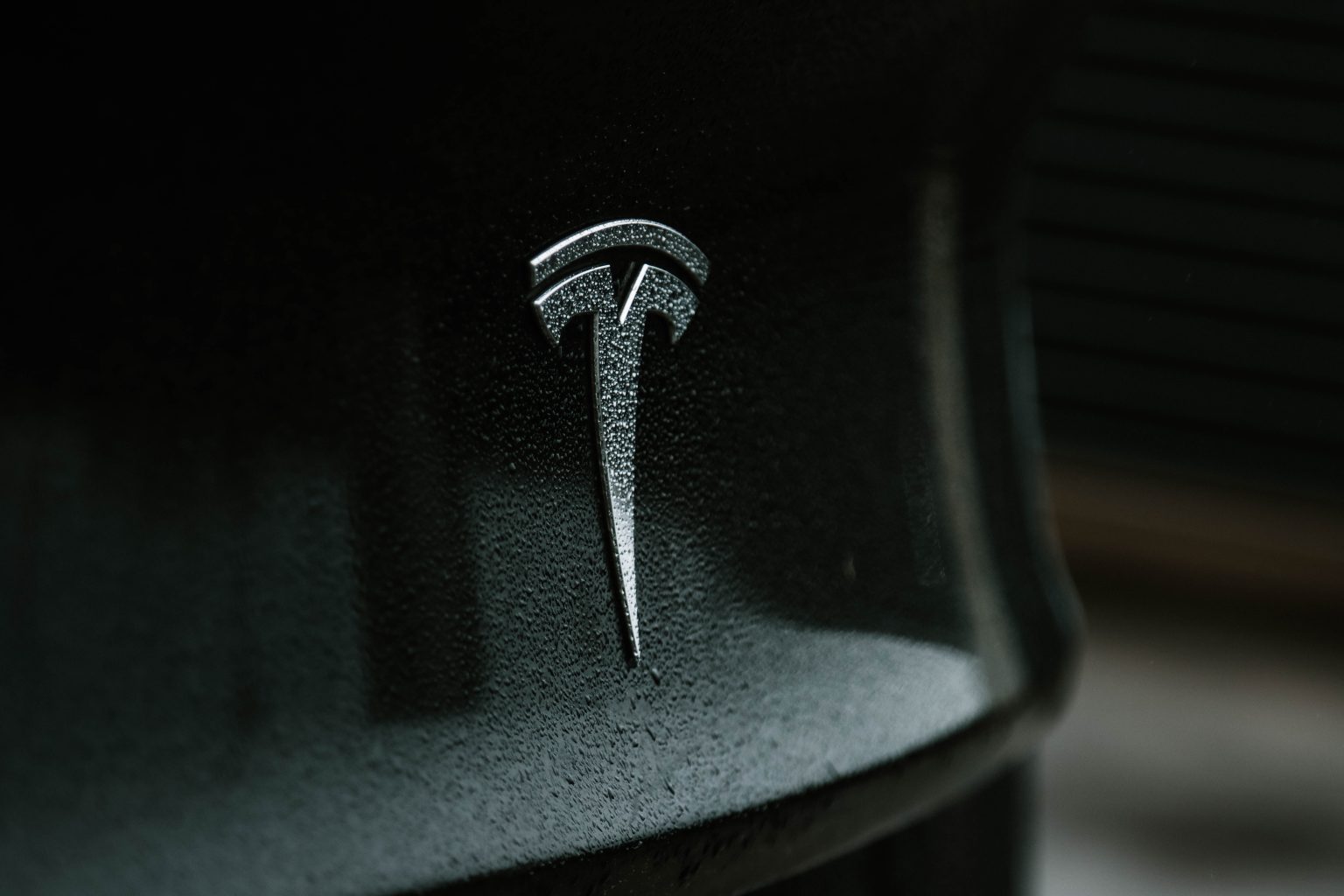Tesla, a pioneer in the electric vehicle industry, has been at the forefront of autonomous driving technology with its Full Self-Driving (FSD) system. In a groundbreaking announcement, Tesla’s CEO Elon Musk revealed the company’s plans to license its FSD technology to other automakers. This bold move could potentially reshape the landscape of autonomous driving, bringing Tesla’s advanced self-driving capabilities to a broader range of vehicles
The Evolution of Tesla’s Full Self-Driving System
Tesla’s Full Self-Driving system is a cutting-edge suite of advanced driver-assistance features designed to enable fully autonomous driving in the future. Leveraging a combination of sensors, cameras, and artificial intelligence, FSD aims to provide a seamless driving experience, eliminating the need for human intervention in most driving scenarios.
Over the years, Tesla has been continuously updating and refining its FSD capabilities through over-the-air software updates. This iterative approach has allowed the company to gather vast amounts of real-world data, fine-tune its algorithms, and make significant strides towards achieving full autonomy.
The Decision to License Full Self-Driving
Tesla’s CEO Elon Musk surprised investors during the Q2 2023 investor call by announcing that Tesla plans to license its Full Self-Driving (FSD) system to other car manufacturers and Original Equipment Manufacturers (OEMs). Musk stated that they are in discussions with a major OEM about using Tesla’s FSD software and hardware. In addition, Tesla announced a “one-time amnesty” during Q3, allowing owners to transfer their existing FSD subscription to a newly purchased Tesla.
Tesla continues to lead as the top electric vehicle (EV) producer in the US, achieving a new internal record of 479,700 vehicles built and 466,140 vehicles delivered in Q2, marking an approximately 87% increase compared to the previous year. Musk highlighted that the Model Y became the best-selling vehicle overall in Q1, surpassing popular models like the Corolla.
The first production Cybertruck was unveiled this quarter, with steady production expected to begin next year. Tesla is currently testing the vehicle line for regulatory certification and validation. Musk emphasized that the Cybertruck’s unique design offers four doors, over a six-foot bed, while fitting into a standard 20-foot garage.
Tesla made headlines by opening its previously-proprietary charging port design to other automakers. Mercedes, Volvo, Rivian, Ford, and GM will adopt this standard for their North American models starting in 2024. Texas has even mandated that state-funded EV charging stations accommodate this design. Tesla’s charging network has expanded significantly, with a total of 48,082 chargers across 5,265 stations globally.
Quarterly scandals include executives being accused of being overpaid by $735 million since 2017 and Elon Musk allegedly misusing company funds to build a glass house. However, the focus is on Tesla’s commitment to AI development. The company’s Dojo training computers have entered production, aiding Autopilot developers in refining future designs and features. Musk expressed excitement about the advancements in artificial intelligence.
Despite challenges in sourcing Optimus robot actuators, Tesla is making progress with 10 early prototypes in use and plans to have a fully functioning Optimus with the in-house-designed actuators by November and a practical application in their factories next year.
Overall, Tesla’s recent developments in licensing its FSD system, record-breaking EV production, upcoming Cybertruck release, open charging port design, AI development, and innovative robotics showcase the company’s continuous growth and commitment to technological advancements.
Potential Implications for the Automotive Industry
- Faster Adoption of Autonomous Driving: By allowing other automakers access to its FSD technology, Tesla could catalyze the widespread adoption of autonomous driving. This move could spur competition, driving innovation and progress towards safer and more efficient self-driving systems.
- Standardization and Interoperability: The licensing of FSD could lead to increased standardization and interoperability of autonomous driving technologies. This, in turn, might simplify regulatory processes and encourage governments to develop clear guidelines for autonomous vehicles on the road.
- Revenue Stream for Tesla: Licensing FSD to other automakers could create a significant revenue stream for Tesla. As more companies integrate the technology into their vehicles, Tesla stands to gain substantial licensing fees, potentially furthering its growth and research efforts.
- Enhanced Safety and Reduced Accidents: The wider implementation of FSD in various vehicles could contribute to improved road safety. Advanced self-driving features have the potential to reduce human errors and the number of accidents on the road.
Challenges and Considerations
Despite the potential benefits, licensing Tesla’s FSD system to other automakers may also present some challenges. Ensuring the safe integration of autonomous driving technology across different vehicle platforms and driving conditions will require close collaboration between Tesla and the partnering manufacturers. Additionally, legal and regulatory hurdles must be navigated to ensure compliance with regional autonomous driving guidelines.
